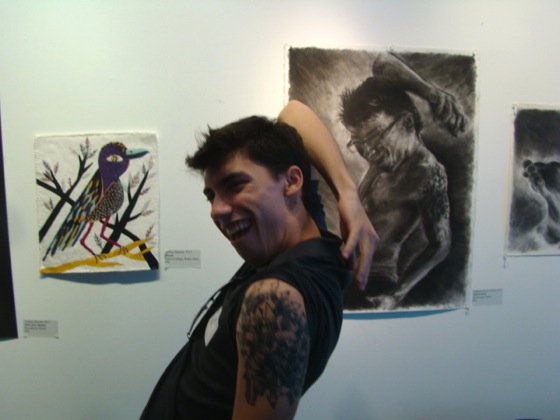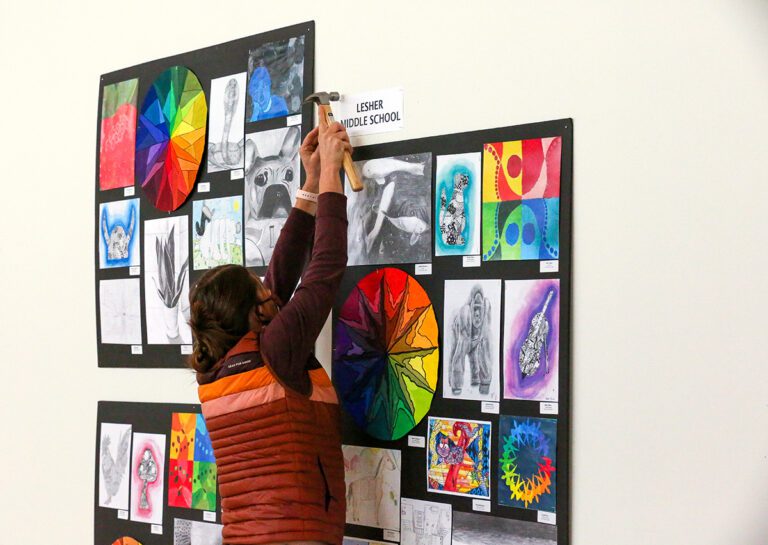For the artist, making art is a long process that mixes thought, creativity and technique. The non-artist however, doesn’t see the process. They come in at the eleventh hour and only experience the final product. The most common event where the non-artist and the artist meet to view these final works is the art show.

Though deciding which pieces will go into a show might take some time, most would agree the principle behind the selection process should be relatively easy. Gather up the cream of the crop and narrow down the selection from there. Choose the best of the best first, highlighting the students’ achievement and second, showcase the art department’s success. While this is a proven, standard method for selecting art, it has a hidden flaw. What about the students whose work is not selected?
In every art class, no matter what school or grade level, there will be a handful of students whose work shines above all others. These stars are easy to recognize. Their work is exemplary, always going above expectations. There isn’t an issue of if their work should be in the show, it’s deciding which of their pieces to use.
For the other 90% of the class, it’s business as usual. They will struggle through the project. They may produce art to the best of their abilities but frankly, these works just aren’t at the same level. Their art won’t be considered for the show and why should it? Exhibits are there to showcase the best product, not the work that went into the production… but does it have to be this way?
What if we as art teachers made a conscious decision to display the works of the other 90%? What if instead of exhibiting the superior product, we celebrated the prevailing process? This will take courage. There will be many ready to criticize us for presenting an “inferior” product. Likewise, it will take educating the public.The inherent danger in displaying the 90% is the inability to showcase the value of the process over the product. However, this can be accomplished through providing artist statements that include what the art personally means to the students and by providing details about the trial and error of the process.

As art teachers, our primary task is not for our students to create master works of art, but rather for each student to learn and grow. The student art exhibit needs to be a reflection of this concept. It’s up to us as art teachers to see it through.
How do you choose pieces for student shows?
How do you feel about the process vs the product? Are there different expectations at different grade levels?
Magazine articles and podcasts are opinions of professional education contributors and do not necessarily represent the position of the Art of Education University (AOEU) or its academic offerings. Contributors use terms in the way they are most often talked about in the scope of their educational experiences.




